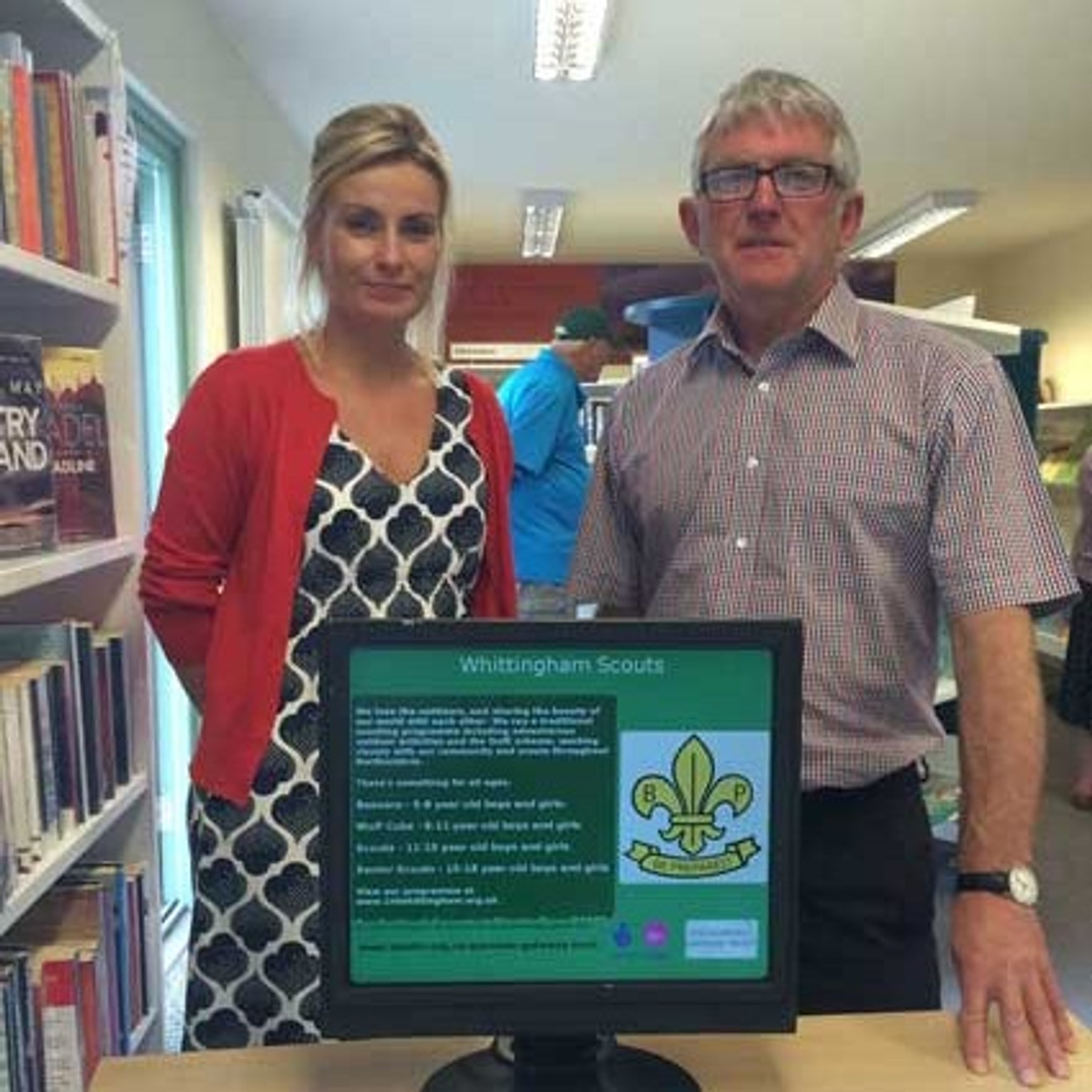
Findings from a Longitudinal Situated Display Deployment
Educational Technology




Collaborators NUI Galway, Ireland, Royal Institute of Technology, Sweden, Monash University
Abstract
We present a 3-year longitudinal study and evaluation of two independent situated community display networks in rural contexts.
Method
We describe how the design of the display systems evolved to reflect the needs and desires of the community, and how people's perceptions of the displays changed over time.
Takeaways
We provide recommendations for the design of community network display technology that supports democratic inter-community politics and governance, and is sensitive to the hidden emotional labor and social resources that are required from communities to fully adopt and sustain display technology.
Configuring community technology to ensure its sustainability has proved challenging. We present a 3-year longitudinal study and evaluation of two independent situated community display networks in rural contexts.
We describe how the design of the display systems evolved to reflect the needs and desires of the community. We report on the way stakeholders’ perceptions of the displays changed over time, and examine the community dynamics involved in the administration, maintenance and moderation of the systems.
Drawing from our findings, we further explore the role of the community champion and their impact on sustainability and scalability. We provide recommendations for the design of community network display technology that supports democratic inter-community politics and governance, and is sensitive to the hidden emotional labor and social resources that are required from communities to fully adopt and sustain display technology.

Working in collaboration with Glendale Gateway Trust (GGT)–a charitable trust located in the rural town of Wooler, Northumberland, in the North East of England that focuses on promoting business and culture within the surrounding area – the first author was commissioned to develop and deploy a network of eight situated displays in 2015 as part of a successful funding grant secured by the Trust to mitigate the social exclusion of young people through better support for the sharing of information in the community.
In this paper, we present the results of our research surrounding the use of the primary system over 3 years, as well as those of the redesign and redeployment of another network of 8 additional displays later in 2017 in another rural Northumberland town called Rothbury.
The displays were named Glendale’s display deployment (GleNet) and Coquet Valley’s display deployment (CoNet).
The development of governance and operational planning
The deployment of two such systems in related contexts has allowed us to uncover subtle differences, such as the contrasting approaches of the network administrators, which surfaced insights in relation to the governance of such community display networks in rural settings. In contrast to GleNet, CoNet is a responsive deployment that has been harmoniously integrated within its local community by engaging residents in the design process that helped in the construction of its identity.
Designing for governance, operational planning and appropriation
CoNet supported the distribution of material relevant to its introduction and purpose as a piece of community technology, and has consistently broadcast updates through local media channels. Its administrator is an enthusiast who has the time, effort and motivation to dedicate to running the display system.
The same individual also has the technical knowledge, and understanding of the system, local area and the community it serves. As an already established member of society who has strong relationships with other community enthusiasts, he was already engaged through a multitude of provincial responsibilities, roles and projects. While both GleNet and CoNet were led by enthusiasts, differences in their capability and commitment have a significant impact on their sustainability. There is a deeper understanding required of what we currently recognize as the role of a community champion.